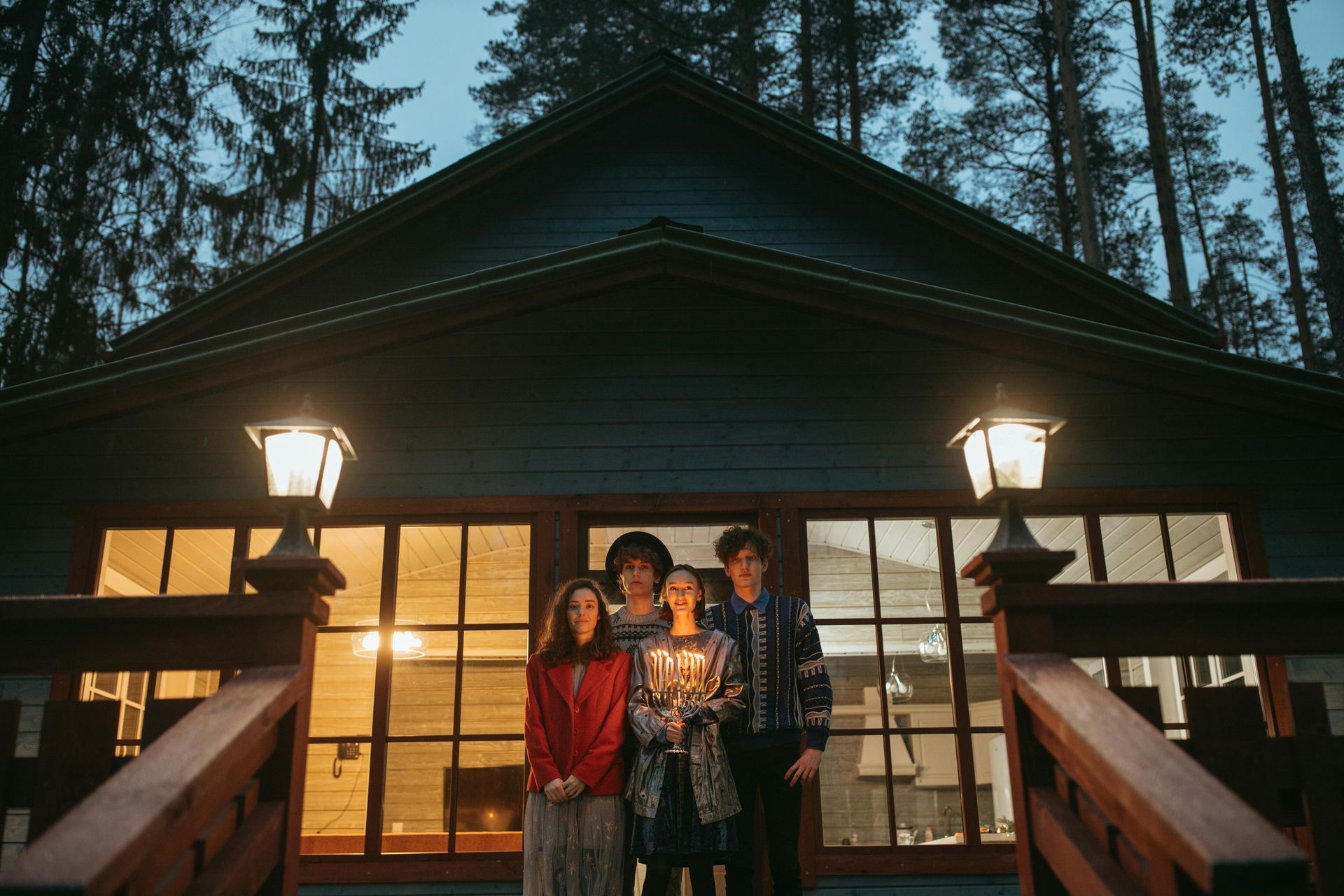Essential Tips for a Commercial Roof Self-Inspection: A Business Owner's Guide
Essential Tips for a Commercial Roof Self-Inspection: A Business Owner's Guide
As a business owner, maintaining your commercial property is crucial for protecting your investment and ensuring the safety of your employees and customers. One often overlooked aspect of property maintenance is the roof. Regular roof inspections can prevent costly repairs and extend the life of your roofing system. This guide will provide you with essential tips for conducting a commercial roof self-inspection, including some lesser-known aspects that many resources overlook.
Prioritize Safety
Before attempting any roof inspection, safety should be your top priority. According to the U.S. Bureau of Labor Statistics, falls accounted for 351 out of 1,008 construction fatalities in 2020. Always use proper fall protection equipment and consider hiring a professional if you're uncomfortable with heights or lack the necessary safety gear.
Document Everything
Begin your inspection by taking detailed notes and photographs. This documentation will be crucial for tracking changes over time and can be invaluable if you need to file an insurance claim or consult with a professional later.
Check for Standing Water
One often overlooked aspect of commercial roof inspections is the presence of standing water. The National Roofing Contractors Association (NRCA) recommends that water should drain from the roof within 48 hours after rainfall. Standing water can lead to premature aging of the roofing material and increase the risk of leaks.
Inspect Flashing and Seams
Pay close attention to the flashing around chimneys, vents, and other protrusions. A study published in the Journal of Construction Engineering and Management found that up to 47% of roof leaks occur at flashing points. Look for signs of separation, rust, or deterioration.
Examine the Roof Field
Inspect the main surface of the roof for blisters, cracks, or other signs of damage. The NRCA reports that blistering is one of the most common problems in built-up roofing systems, often caused by moisture trapped during installation or poor ventilation.
Check Interior Surfaces
Don't forget to inspect the interior of the building. Look for water stains on ceilings, walls, or around skylights. According to the Insurance Information Institute, water damage and freezing account for about 24% of all homeowner’s insurance claims, with similar implications for commercial properties.
Evaluate Energy Efficiency
Consider the roof's energy efficiency. The U.S. Department of Energy reports that cool roofs can reduce peak cooling demand by 10-15%. Look for signs of deterioration in any reflective coatings or materials that could be impacting the roof's energy performance.
Assess Drainage Systems
Inspect gutters, downspouts, and scuppers for blockages or damage. A study in the Journal of Performance of Constructed Facilities found that poor drainage is a leading cause of premature roof failure.
Look for Biological Growth
Check for signs of algae, moss, or other biological growth. These can retain moisture and lead to premature deterioration of roofing materials. Research published in the International Biodeterioration & Biodegradation journal suggests that biological growth can significantly reduce a roof's lifespan if left untreated.
Consider Professional Inspection
While self-inspections are valuable, they shouldn't replace professional assessments. The NRCA recommends professional inspections at least twice a year and after any major weather events.
For business owners looking for expert assistance with commercial roof inspections and maintenance, Graduate Contracting can provide professional services to ensure your roof remains in top condition. Their experienced team can offer detailed inspections, identify potential issues before they become major problems, and provide tailored solutions for your specific roofing needs.
Remember, while these tips can help you perform a basic self-inspection, they are not a substitute for professional expertise. If you notice any significant issues during your self-inspection, it's crucial to consult with a qualified roofing contractor promptly to address the problem and protect your investment.
By staying proactive with your roof maintenance, you can avoid costly repairs, improve energy efficiency, and ensure the longevity of your commercial property. Regular self-inspections, combined with professional assessments, will help you maintain a secure and efficient roofing system for years to come.


